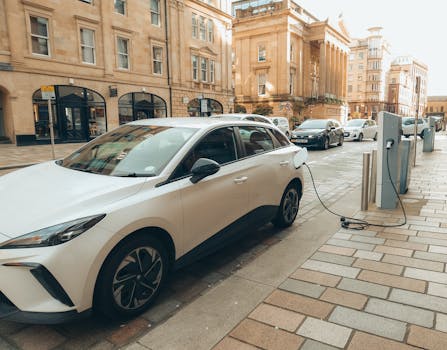
Smart Cities: Urban Trends for 2025
Smart Cities: Urban Trends for 2025 are revolutionizing the way we live, work, and interact with our surroundings. As the world becomes increasingly urbanized, cities are embracing innovative technologies and sustainable practices to create a better quality of life for their citizens.
Introduction to Smart Cities

A smart city is an urban area that uses information and communication technologies (ICT) to enhance the quality of life of its citizens, improve the efficiency of services, and reduce costs. Smart cities use data analytics, internet of things (IoT) devices, and other technologies to manage and optimize their infrastructure, transportation systems, energy consumption, and public services.
Urban Trends for 2025

In 2025, we can expect to see several urban trends shaping the future of smart cities. Some of these trends include:
- Increased use of artificial intelligence (AI) and machine learning (ML): AI and ML will be used to analyze data, predict patterns, and make decisions in real-time, improving the efficiency of city services and operations.
- Expansion of the Internet of Things (IoT): IoT devices will be used to collect data from various sources, such as sensors, cameras, and vehicles, to create a more connected and efficient city.
- Growing focus on sustainability and renewable energy: Cities will prioritize sustainability and renewable energy sources, such as solar and wind power, to reduce their carbon footprint and mitigate the effects of climate change.
- Improved public transportation systems: Cities will invest in modern and efficient public transportation systems, such as electric buses and hyperloop systems, to reduce congestion and pollution.
- Enhanced citizen engagement and participation: Cities will use digital platforms and social media to engage with citizens, encourage participation, and provide them with a voice in the decision-making process.
Benefits of Smart Cities

The benefits of smart cities are numerous and far-reaching. Some of the advantages of smart cities include:
- Improved quality of life: Smart cities offer a better quality of life for their citizens, with access to modern amenities, efficient services, and a sustainable environment.
- Increased efficiency and productivity: Smart cities use technology to optimize their operations, reducing waste and improving productivity.
- Enhanced economic growth and competitiveness: Smart cities attract businesses, investments, and talent, driving economic growth and competitiveness.
- Better public safety and security: Smart cities use data analytics and surveillance systems to improve public safety and security.
- Reduced environmental impact: Smart cities prioritize sustainability and renewable energy, reducing their carbon footprint and mitigating the effects of climate change.
Challenges and Opportunities

While smart cities offer numerous benefits, they also pose several challenges and opportunities. Some of the challenges include:
- Data privacy and security: Smart cities collect vast amounts of data, which must be protected from cyber threats and data breaches.
- Infrastructure and funding: Smart cities require significant investments in infrastructure, which can be a challenge for cities with limited resources.
- Citizen engagement and participation: Smart cities must engage with citizens and encourage participation to ensure that their needs and concerns are addressed.
- Integration and interoperability: Smart cities must integrate different systems and technologies to ensure seamless operations and services.
Despite these challenges, smart cities offer numerous opportunities for innovation, growth, and development. As cities continue to evolve and adapt to new technologies and trends, they will become more efficient, sustainable, and livable, offering a better quality of life for their citizens.



